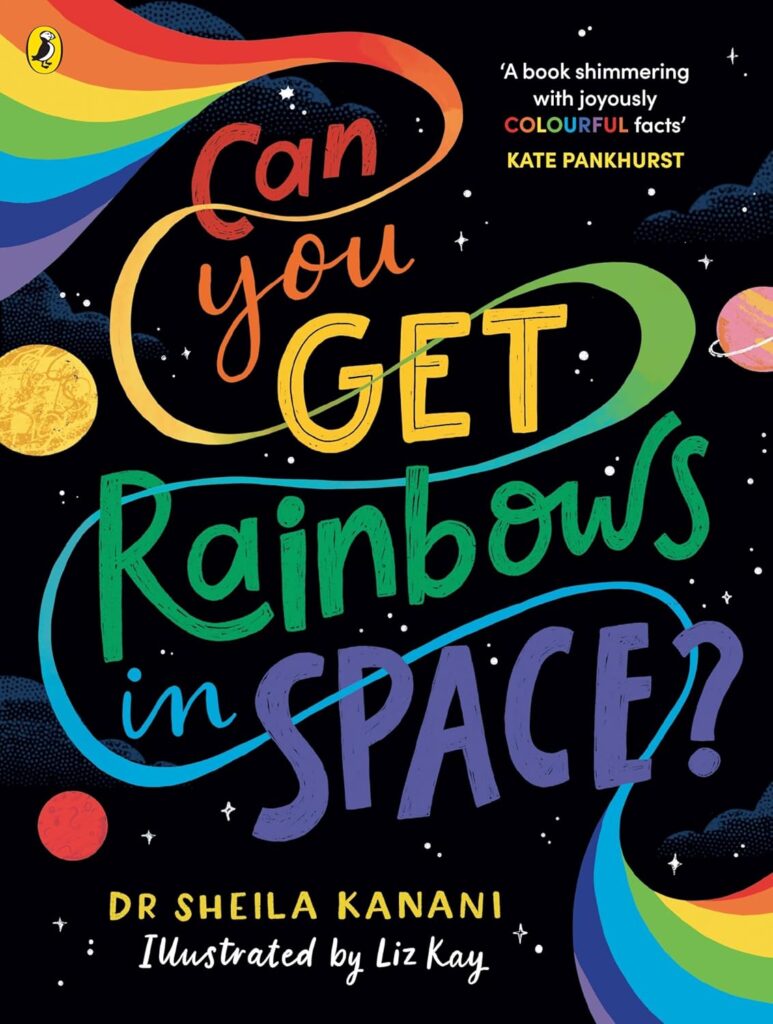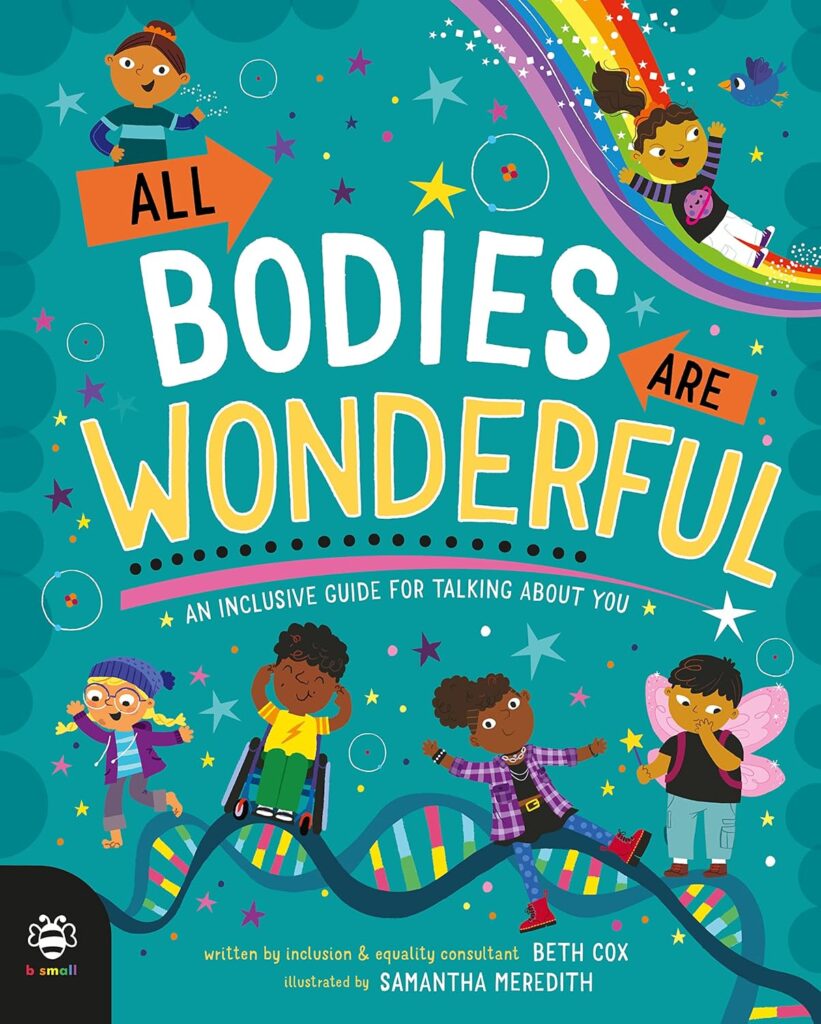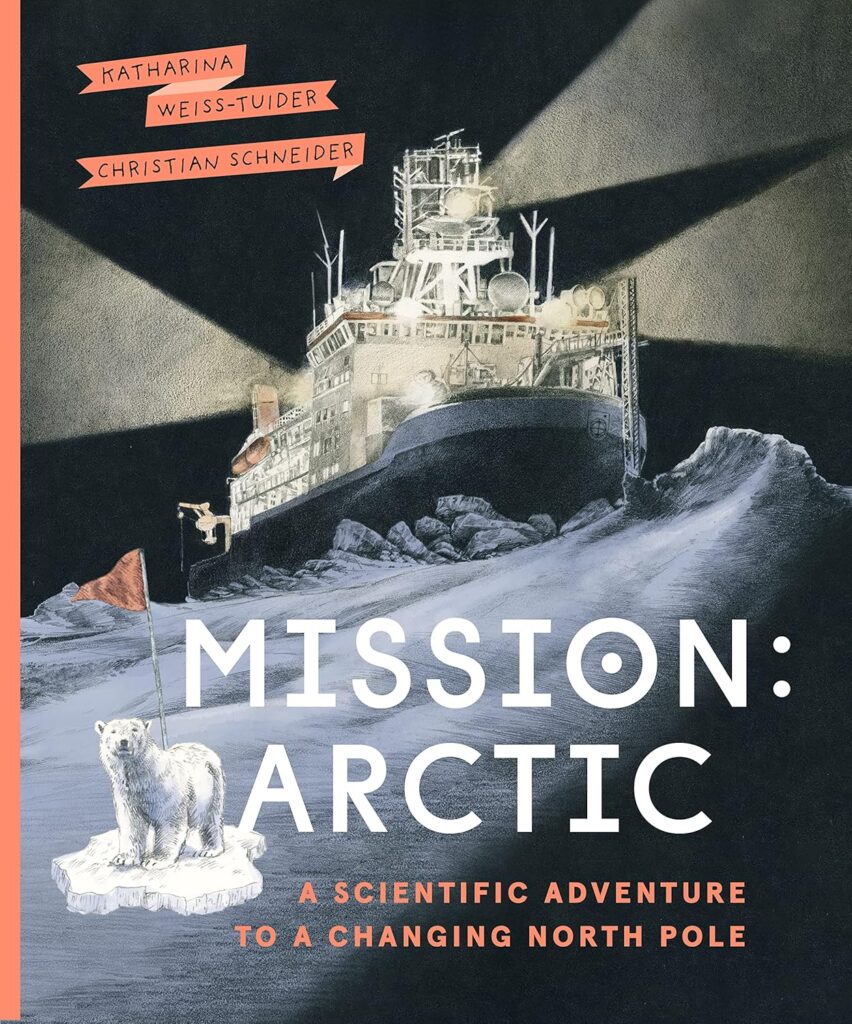We had the privilege, once again, of being chosen to form a judging panel for the Royal Society Young People’s Book Prize, which celebrates the best science books written for children each year. A group of children from Year 5 analysed and evaluated the shortlist, scoring each book on strict criteria before submitting our scores to be counted alongside all of the other panels. This week’s Friday Library Recommendations celebrate our top three shortlisted books.
In third place, and the book that went on to scoop the prize was Can You Get Rainbows In Space? by Dr Sheila Kanani, illustrated by Liz Kay

A fascinating read for curious minds, Can You Get Rainbows in Space? offers an engaging exploration into the science of colour. Aimed at young readers, this book answers some of life’s most intriguing questions, such as: Why is blood red? Why are carrots orange? Who invented the lightbulb? And why is the sky blue?
Packed with fun facts and easy-to-understand explanations, the book delves into the world of light, waves, and colour, unraveling the science behind everyday phenomena. Children will discover how some animals glow in the dark, why leaves change colour in autumn, and why veins appear blue despite the blood they carry being red.
But it’s not just about what we see on Earth – young readers will also learn from Dr Sheila Kanani, a real astronomer, how rainbows can be made in space. The book even explores the fascinating link between language and the way we perceive colour.
Ideal for sparking interest in science, this book is an educational yet fun read that will inspire children to look at the world around them in a whole new light, and nurture their curiosity about the natural world.
In second place, we picked All Bodies Are Wonderful by Beth Cox, illustrated by Samantha Meredith

A heartwarming and informative book designed to help children understand and appreciate their bodies. With a gentle approach, the book celebrates the uniqueness of every individual, highlighting that from the atoms that make us up to the incredible things our bodies can do, all bodies are wonderful.
In a world where children may sometimes feel self-conscious or unsure about their bodies, this book reassures them that being different is completely natural – it’s simply science at work! With an inclusive and empowering tone, it encourages children to embrace their bodies just as they are, fostering a sense of belonging and confidence.
Ideal for starting open, honest conversations about body diversity, this guide is a brilliant resource for supporting children to feeling comfortable and confident in their own skin. A must-read for anyone looking to nurture self-acceptance and promote positive body image from an early age.
And finally, our first place book was Mission Arctic by Katharina Weiss-Tuider, illustrated by Christian Schneider

Mission: Arctic takes readers on a thrilling journey to the heart of one of the world’s most vital yet least understood ecosystems. This fascinating science-based guide follows the 2019 MOSAiC expedition, the largest Arctic mission ever undertaken, offering young readers a unique insight into how the Arctic is rapidly changing and the profound effects these changes could have on our planet.
Through gripping photographs, illustrations, and diagrams, children will learn about the scientists who embarked on this daring mission aboard the Polarstern, a powerful icebreaker research vessel. The expedition’s goal was to freeze the ship into the Arctic sea ice and allow it to drift towards the North Pole, collecting vital data about the rapidly changing environment. Along the way, they faced extreme temperatures, fierce storms, and the constant threat of polar bears.
This book is a treasure trove of exciting facts and discoveries about the Arctic, including the dangerous conditions endured by the scientists and the groundbreaking research they conducted. It highlights the surprising truth that the Arctic ice, once thought to be permanent, is melting at an alarming rate.
Mission: Arctic is an essential read young ecologists and environmentalists, offering a compelling look at how the Arctic’s transformation affects us all. With its engaging narrative and stunning visuals, it’s a brilliant resource to spark curiosity about climate change and the importance of understanding our planet’s ecosystems.
Happy reading!

